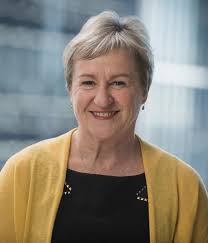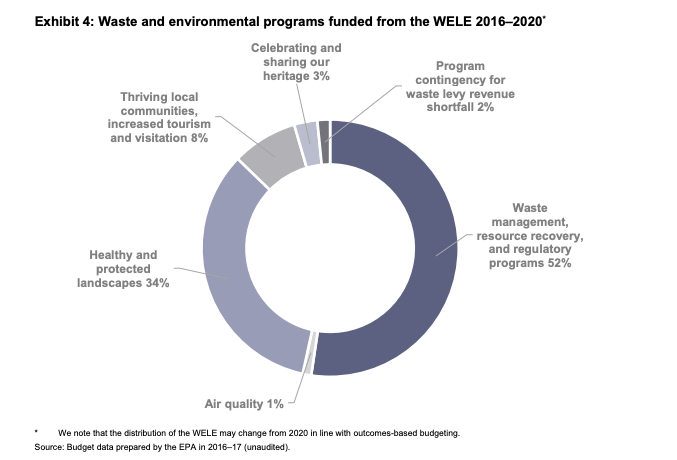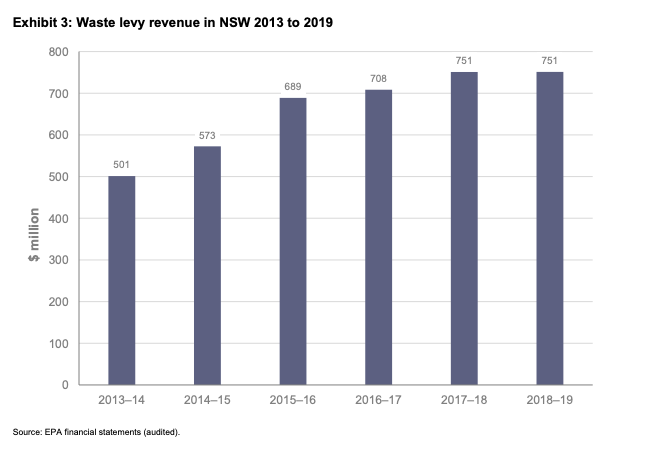The NSW government has collected almost $4 billion from the waste levy in the last five years, but only about a third of this has been reinvested into waste and environmental programs, an audit has found.

The NSW Auditor General’s report handed down last week shows the government has pocketed two thirds of the $751 million raised from the levy in 2018-19.
The report also raises questions about the way the government hands the funding out.
It says there’s no guiding strategy about which programs get funded and conflict of interest procedures aren’t always followed, despite some review panel members, who provide advice to the government, potentially having commercial relationships with applicants.
Out of ten grant rounds audited, only two had a full set of conflict of interest declarations, the report says.
The lack of an investment strategy means decisions are being driven by proposals from councils and private companies, rather than “strategic objectives and priorities”.
This creates a risk a risk “that some waste infrastructure projects could be designed to maximise returns to commercial waste operators rather than to respond to government objectives”, Auditor General Margaret Crawford says.
A disincentive to use landfill
The waste levy is a central feature of the NSW government’s 2014 Waste and Resource Recovery strategy.
It’s paid by waste facility operators when waste is sent to landfill, so it acts as an incentive to finding other ways of getting rid of the waste by reducing, reusing and recycling it.
A flat levy is charged on solid waste regardless of the type of waste, with a charge of $146 per tonne in metropolitan areas and $84 per tonne in regional areas.
The levy applies to local across the Sydney, Illawarra and Hunter regions as well as the Blue Mountains, Wollondilly and the north coast and is collected monthly by the EPA.

Revenue from the waste levy goes into consolidated revenue and about a third of it is spent on waste and environmental programs, including the $803 million Waste Less Recycle More (WLRM) program which funds small grant programs by councils, not for profits and businesses.
Revenue from the levy has been increasing year by year, which the auditor says as a result of more waste being sent to landfill and increases levy rates.
The audit shows $751 million was collected via the levy in 2019-20, compared to $501 million in 2013-14. A total of $3.9 billion has been collected between 2013 – 2019.
By 2022/23 it’s expected to hit just over $800 million, according LGNSW’s 2019 report At the crossroads: the state of waste and recycling in NSW.
The LGNSW report provides a blue blueprint for how local government would like to see the levy used and calls for it to be reinvested in council-led regional waste and recycling strategies to help councils to deliver infrastructure and services.

Clear parameters needed for investment
The audit says there is evidence that the waste levy has a positive impact on recycling and diverting waste from landfill.
However, EPA data suggests that recycling targets for municipal solid waste and commercial and industrial waste are unlikely to be met, the audit says.
Responding to the report, DPIE secretary Jim Betts said the department is leading the development of a 20-year waste strategy in partnership with the EPA which will provide a long-term strategic focus on building markets for waste resources.
The strategy is expected to be finalised late next year.





This seems to me to be bureaucratic inefficiency at its worst. What have they done with the rest of the money?? Used it for some other purpose no doubt. If so that changes the levy into a tax which is not the right thing to do.
Would very much like to see a full and detailed audit of ALL state income and expenditure. I’m sure it would find some eye watering examples of misspent , misappropriated and simply outrageous poor budgeting and spending. Get that done in all states and then open up the federal books !!
Now that would be a revelation and of course a good idea which will be ignored I fear!!